In this article I am going to talk about the Pentax 645N and Pentax 645D. The use of ‘and’ in the title rather than ‘vs’ is intentional. This is not a competition. It is also not an attempt to convince anyone that this mount is a superior option to other systems. I am firmly Team “Whatever Floats Your Boat”. This is merely an overview of my experiences with two of my favorite cameras… with a few lens options thrown in.
Have long had an appreciation for Pentax cameras ever since my Father taught me to use his trusty Pentax ME Super when I was a child many, many years ago.
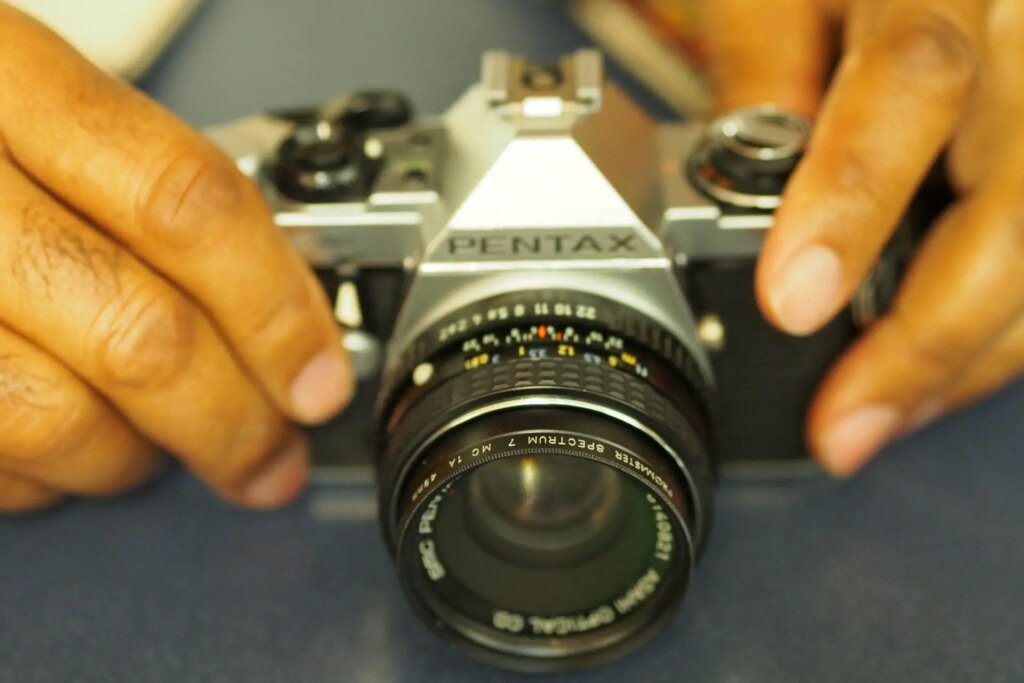
As a result, alongside more contemporary gear, I keep Pentax cameras around to this day. While largely driven by sentimentality Pentax cameras have their advantages.
-
- A ridiculous dedication to lens mount compatibility from film to digital cameras.
- While Pentax lenses do not carry the same cache as other legendary names they do make a fine lens.
- Great ergonomics and control layouts.
- Sturdily built cameras with many able to shrug off the worst mother nature can throw at them.
The same applies to their medium format offerings.
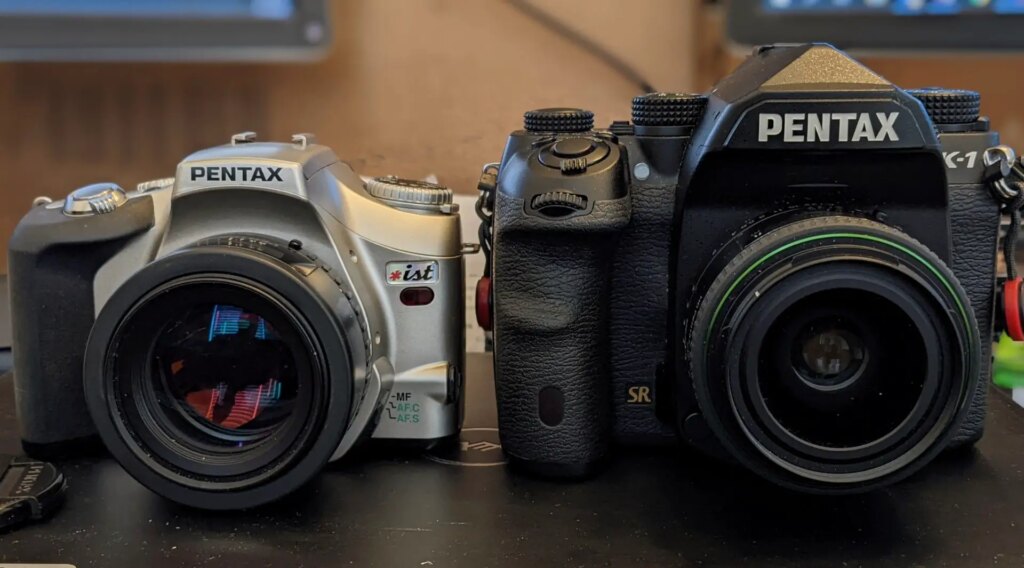
Pentax Analog Medium Format
I started with the manual focus Pentax 645. I chose it over the legendary Pentax 67 largely due to price and automation. Personal preference. There was another advantage but more on that later. I once had reservations about whether 645 had enough surface area to satisfy my medium format obsession. But after owning 645, 6×6, 6×7, and 6×9 cameras I found 645 just fine for my purposes. A great camera.
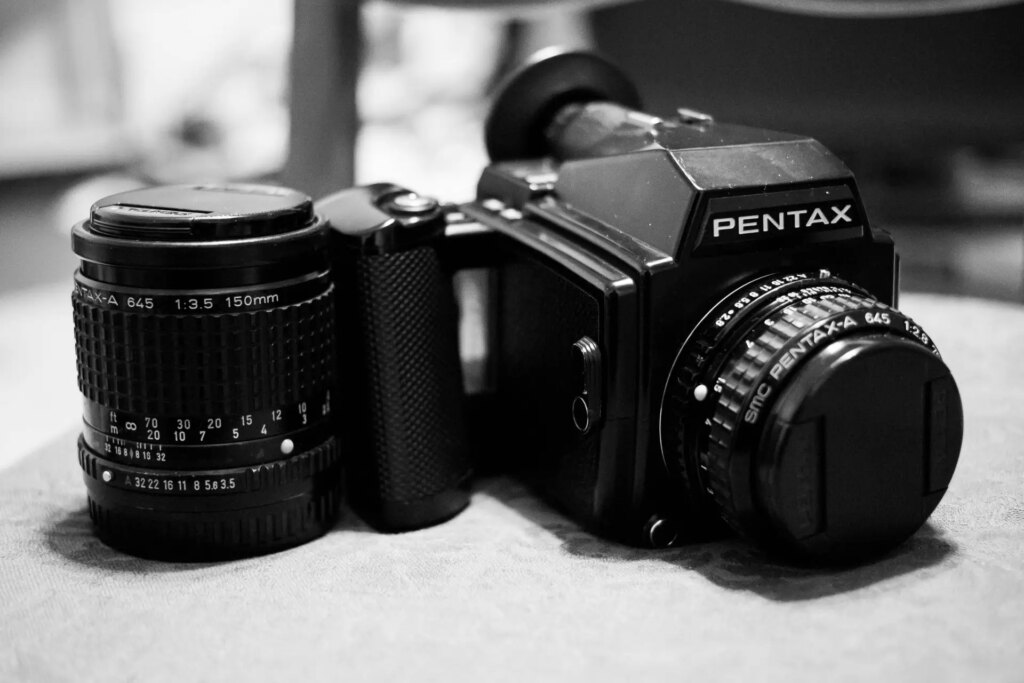


What was intended as an endpoint was just a starting point. If I like the 645 what about even better ergonomics, with proper dials instead of buttons for instance…
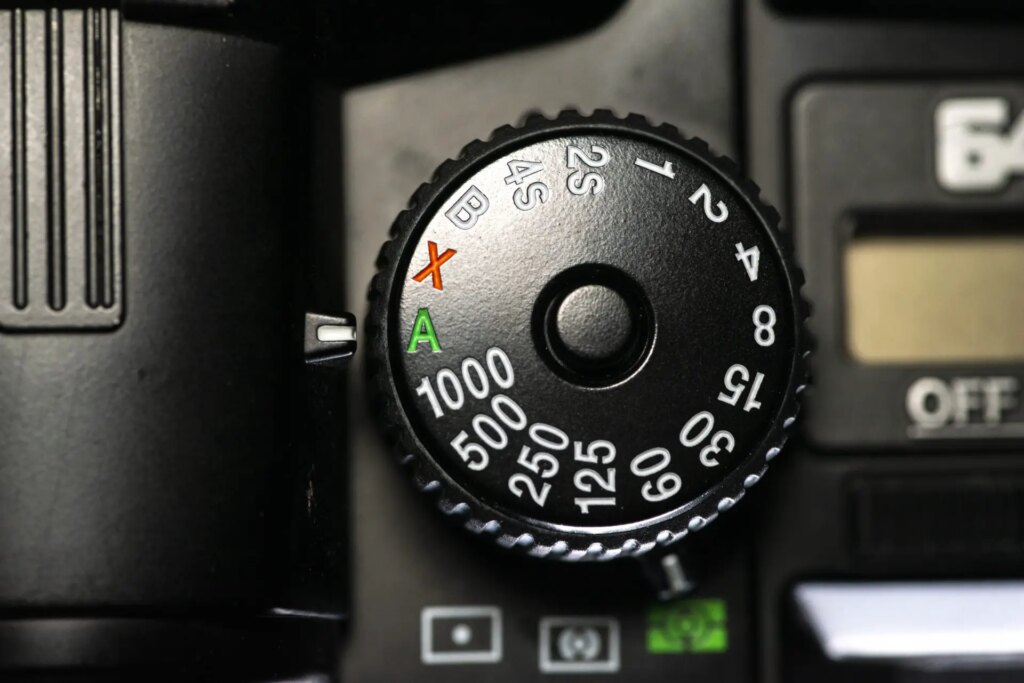
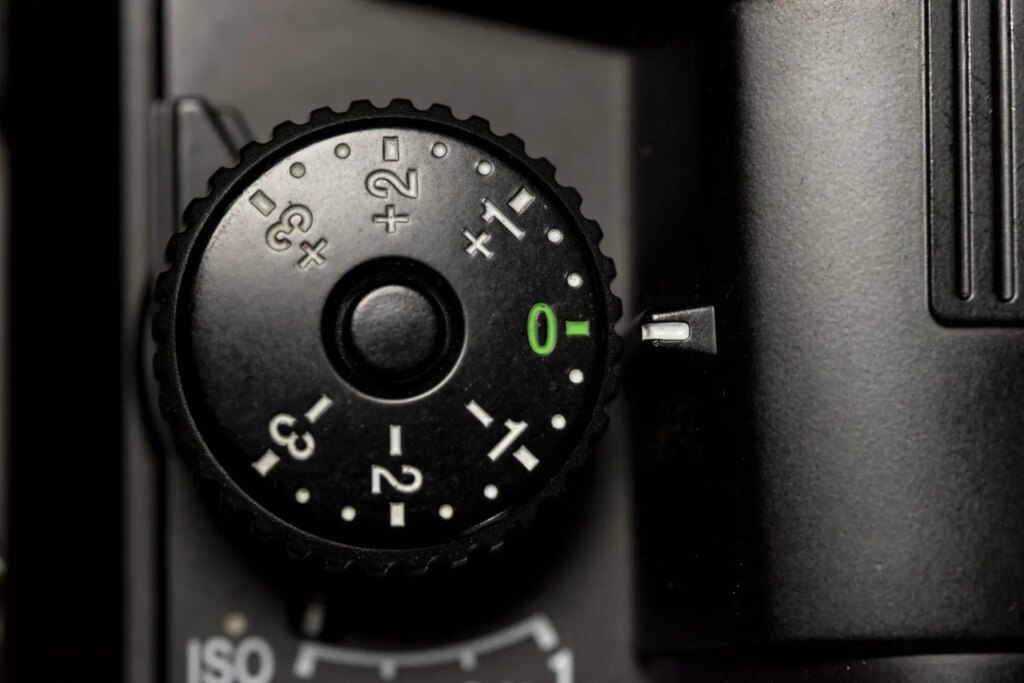
…and a bit of autofocus action GAS whispered in my ear. So then there was the Pentax 645N.
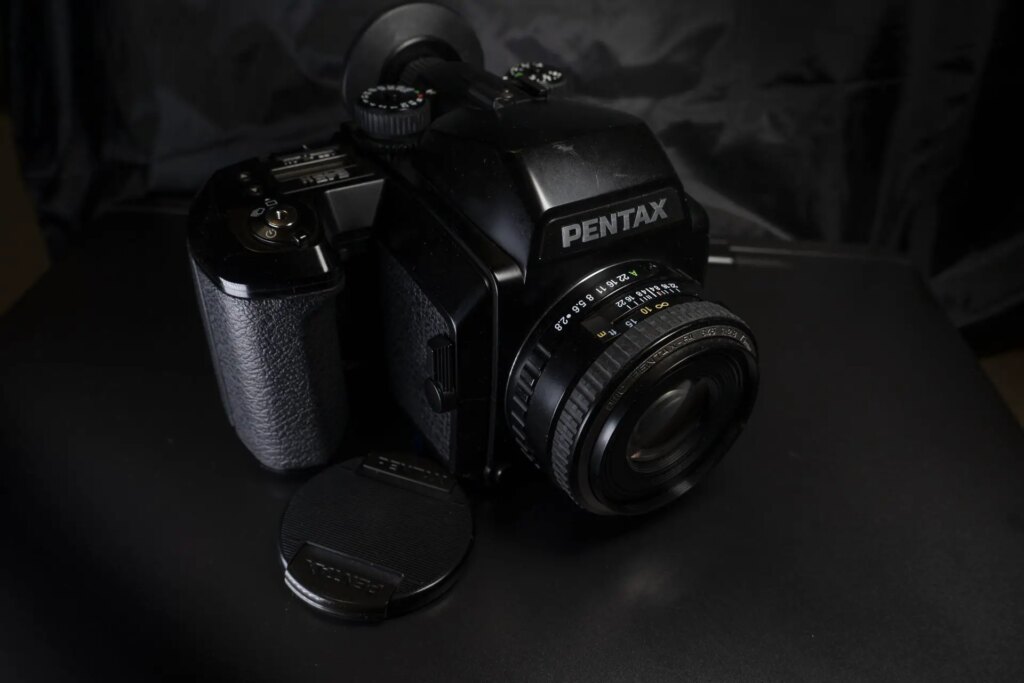
There is also the Pentax 645N II but as far as I can work out the main added feature is mirror lock up. While definitely a benefit I get on just fine with the 645N. Same great performance as the 645, now with autofocus and better switchgear.

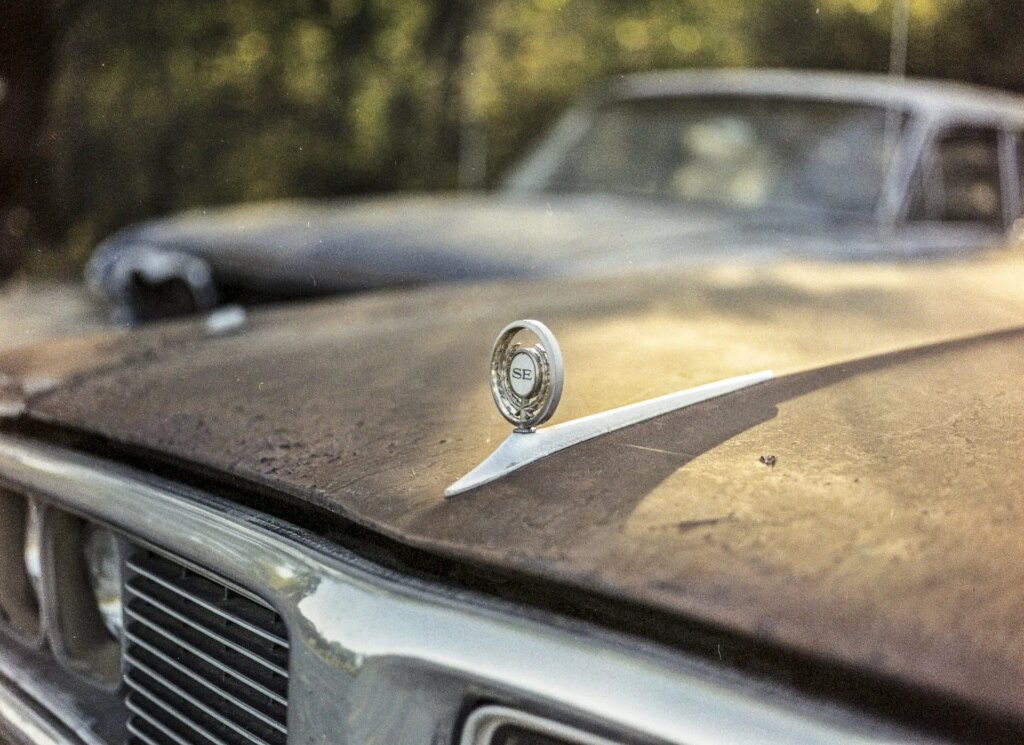
Thought this was it, but one chance encounter planted a seed that grew for some time. While in my local camera store a young lady had a digital Pentax 645 hanging from a sling. GAS then muttered in my ear, “You know your lenses would work on that camera.” I suppressed this and wrote it off as a passing fancy.
Pentax Digital Medium Format
I will just admit it. After trying and really enjoying many analog medium format cameras I really wanted a digital medium format camera. Fujifilm almost got me. I had two close calls.
1) A few years ago when they put the GFX50R on sale I put up a bunch of gear up for trade. But then I snapped out of it. I realized that while I could afford the camera I could not afford the lenses I really wanted. So I stood down.
2) They released the GFX 50S II and I did exactly the same thing. But once I realized that I would need to trade one of my main system bodies to make it work I stood down once again. Also had to admit in both cases that contrast AF was not going to cut it for me.
Then it hit me. As a fan of Pentax I had been looking at the newer live view having Pentax 645Z. A fine camera, but a bit dear for my purposes as more of a curiosity. What about the older also old timey DSLR phase detect AF having 645D? Card writing is very slow and you lose Live View (a casualty of a CCD sensor), an articulating screen, and video but…
- Slow writing times beats no ability to review at all. Plus it will keep me taking pictures instead of reviewing what I already captured.
- I do not have Live View with film so I should get on fine.
- See bullet above regarding the articulating screen.
- No one buys Pentax cameras to shoot video, especially not a medium format variant.
Both the 645D and 645Z have the advantage of being compatible with autofocus 645N lenses. Can use manual focus 645 lenses as well without issue. And there are advantages to the 645D.
- Many swear by the image quality CCD sensors produce.
- It costs about $1,000 less than a 645Z.
That works for me. Pentax 645D it is.
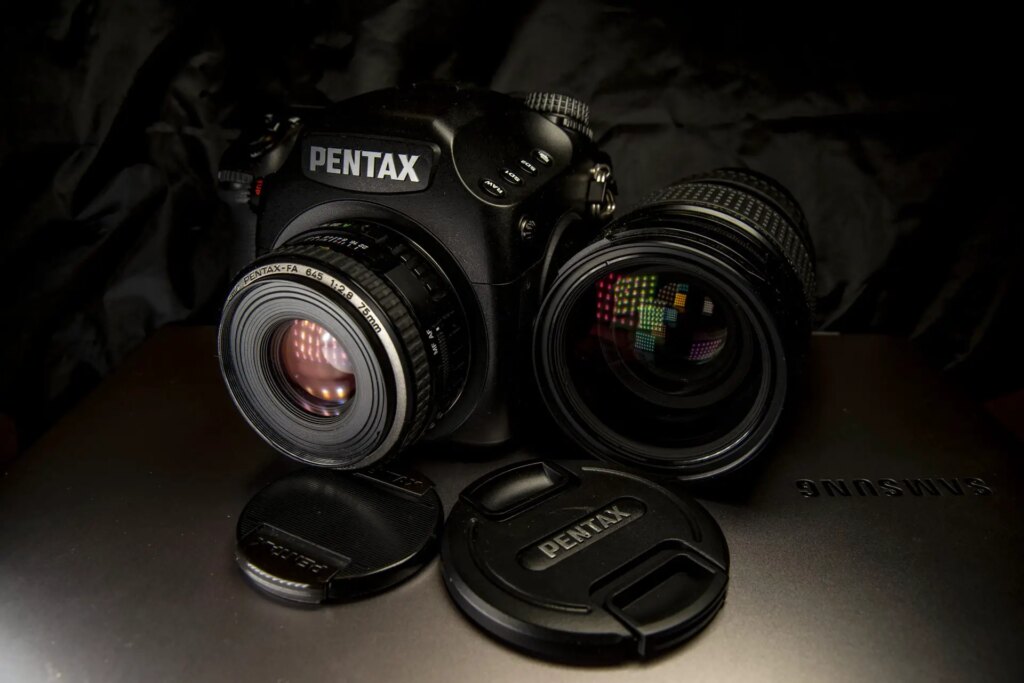

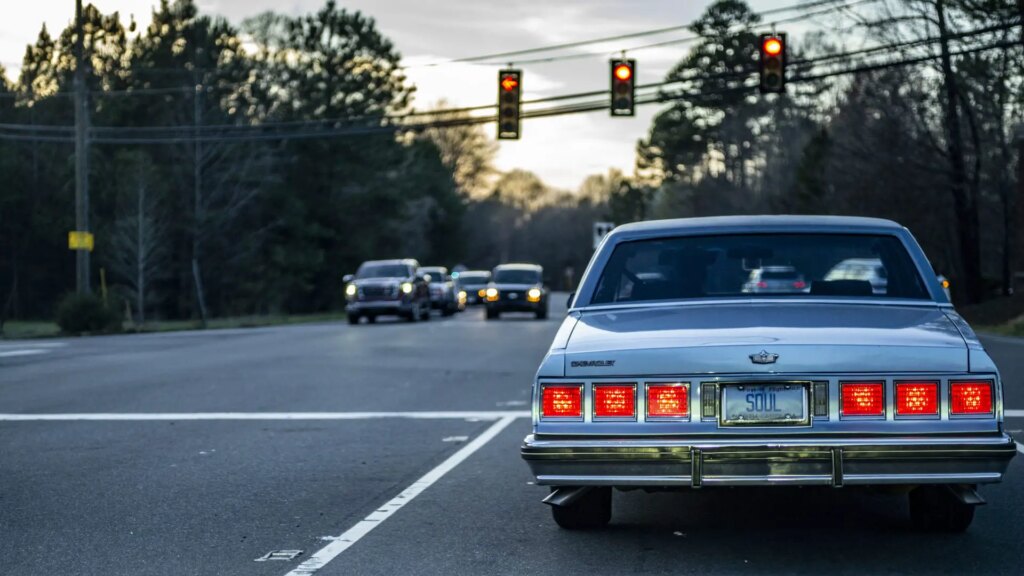
The 645N and 645D
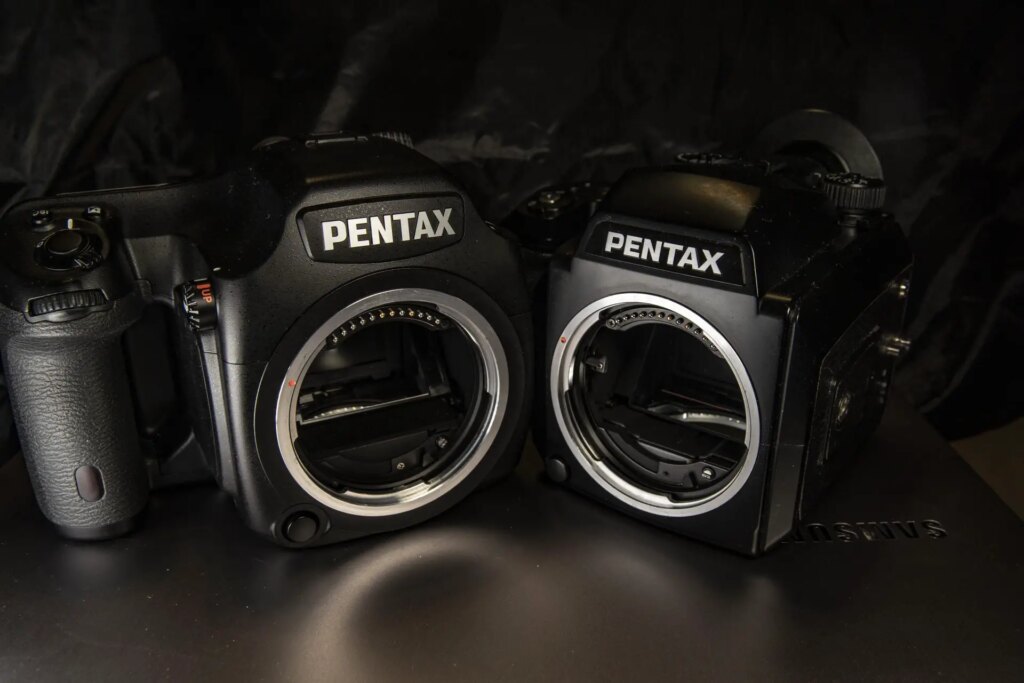
The 645N and 645D have a lot in common. Certainly more so than the Pentax *ist and K-1 pictured above.
Similarities
Familiar DSLR ergonomics and form factor with a healthy grip.
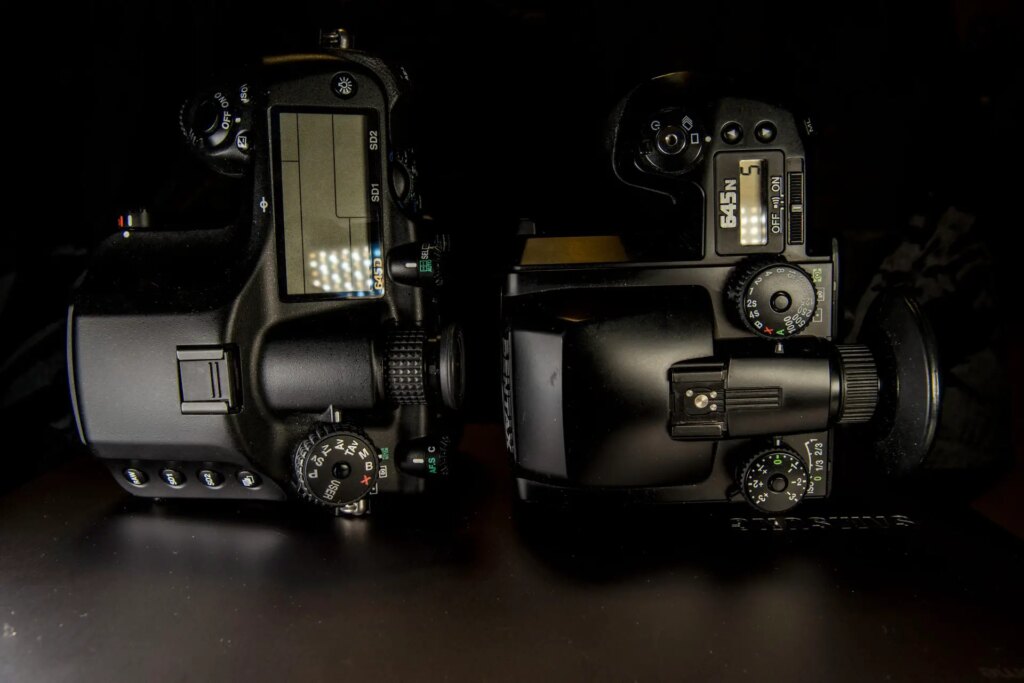
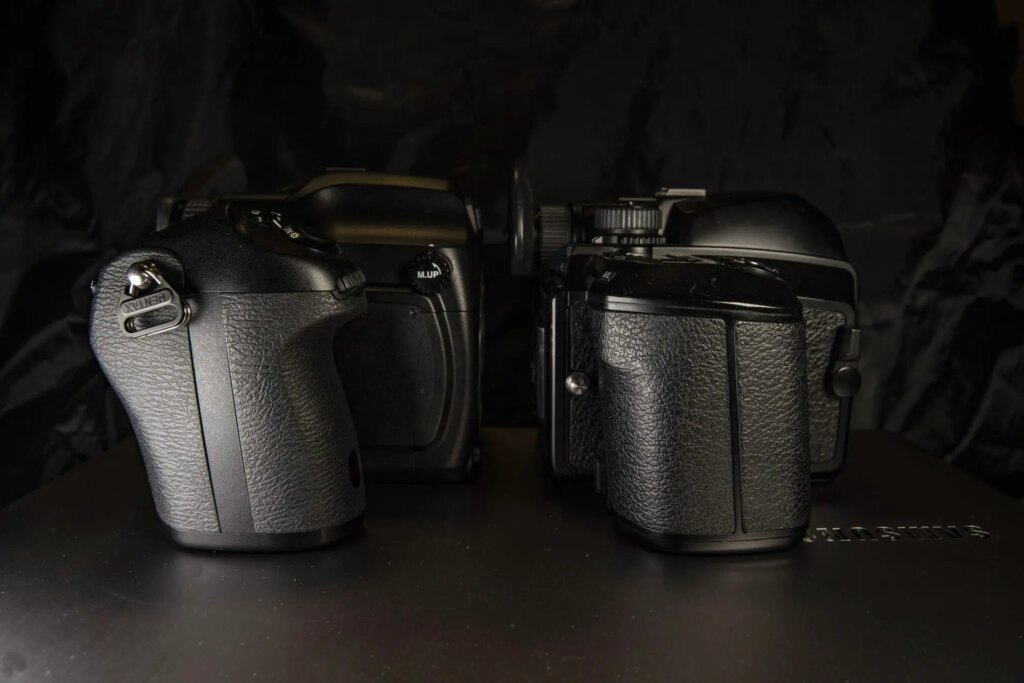
Both share TTL flash system with all other Pentax cameras.
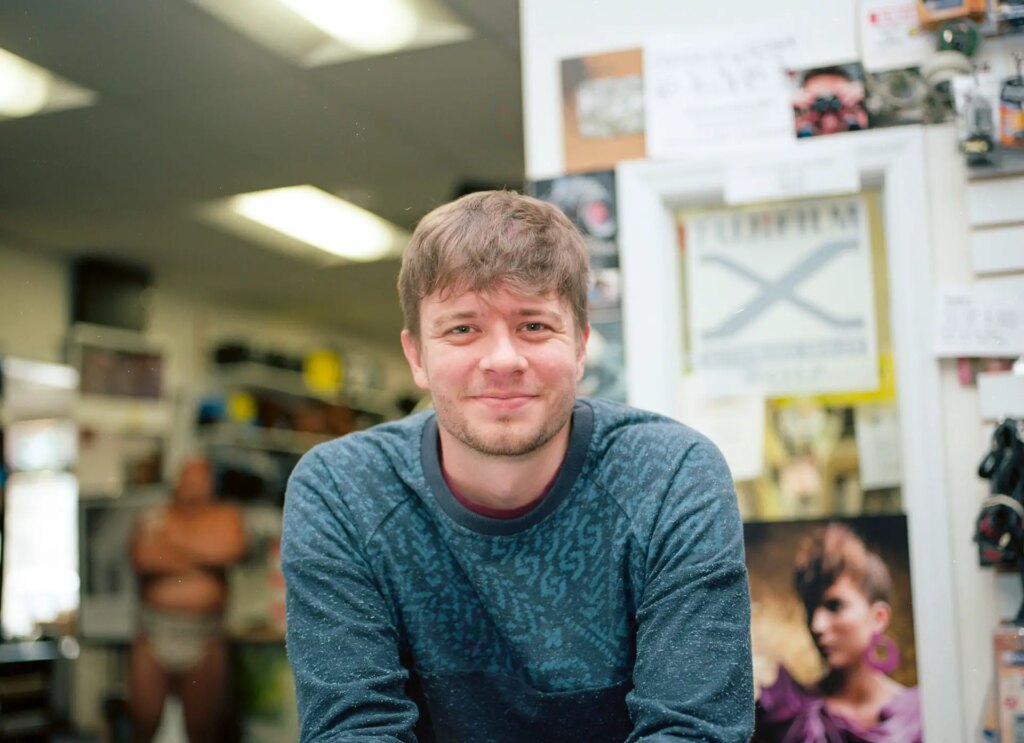
While offering full manual overrides both cameras have full automation so user friendly that you can hand them off to others without explanation or instruction. Effectively they can both operate as point and shoot medium format cameras.
As an alternative to the rotating back on the RZ67 I had both cameras have portrait orientation tripod mount points.
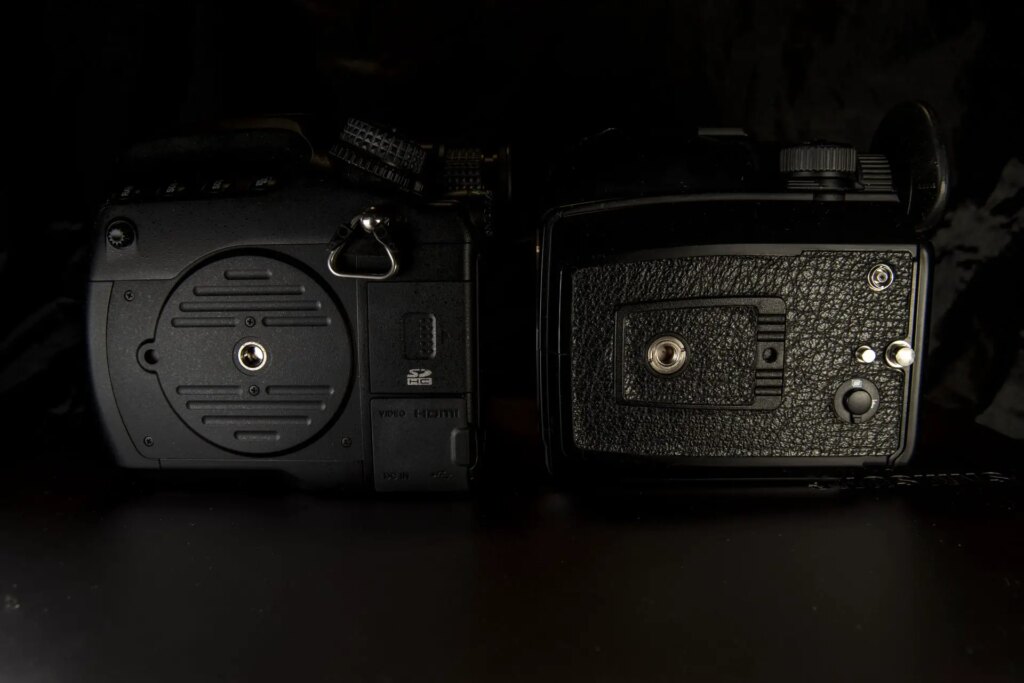
Both have buttons for just about anything you would like to adjust. For example while named differently both the 645N have conveniently located exposure lock buttons. (ML is Memory Lock, not Mirror Lock. Which is a feature on the 645N II, not the 645N.) and 645D (AE-L.).
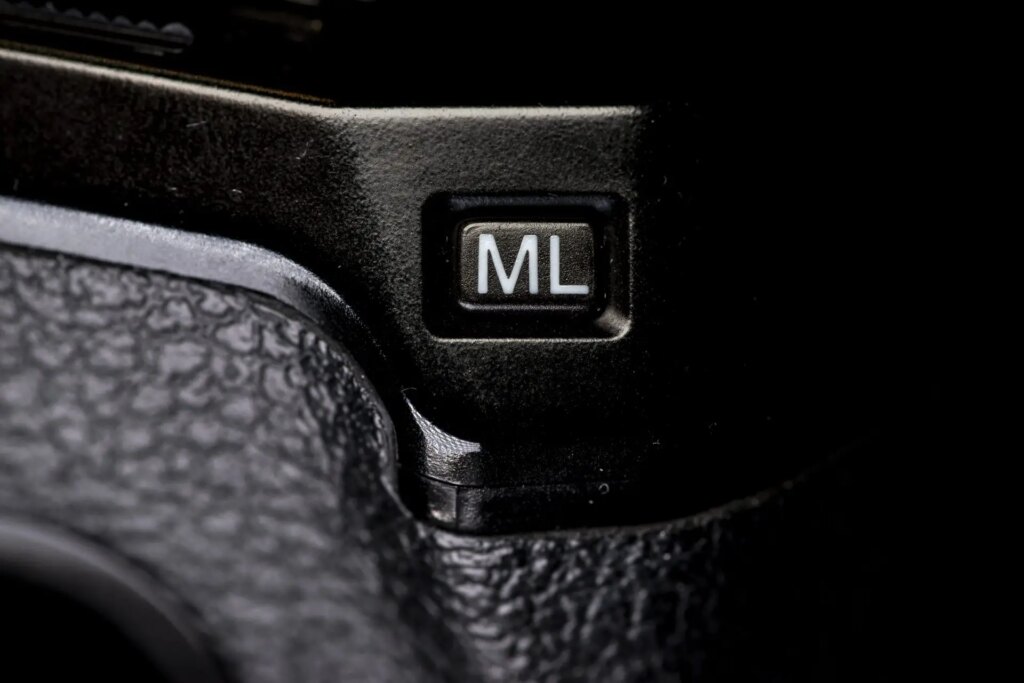
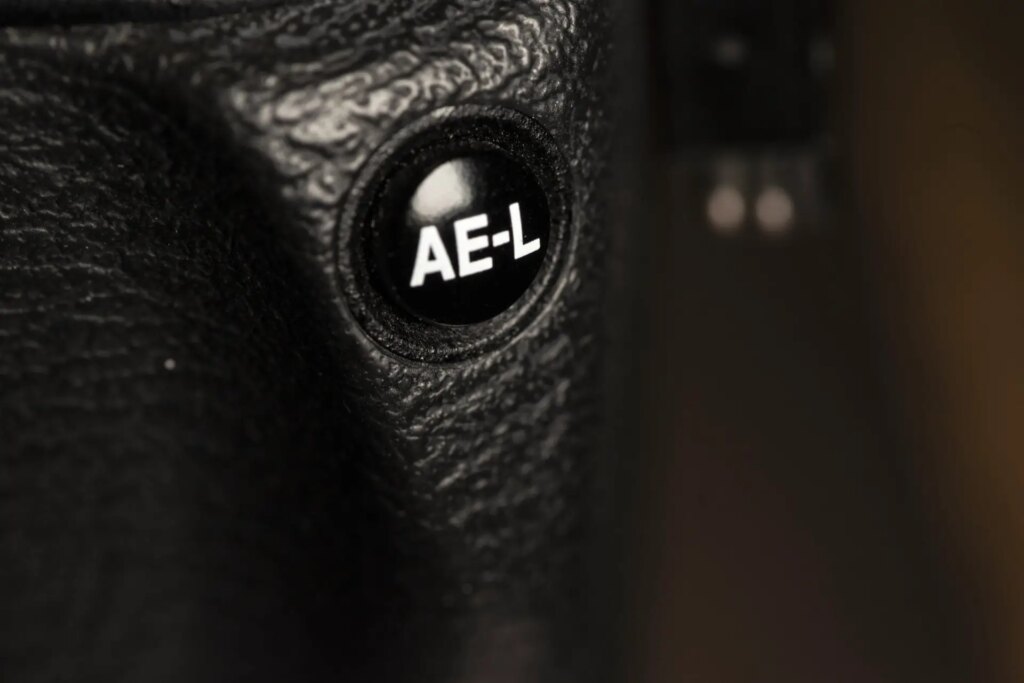
Then there is my favorite part. They both use the same lenses. Great lenses actually. This is great because if you stick to older film era lenses there are some great values to be had on the used market. Lenses that sold for thousands new can be had for hundreds in some cases. I paid less for four lenses than the cost of one lens from other digital medium format mounts.
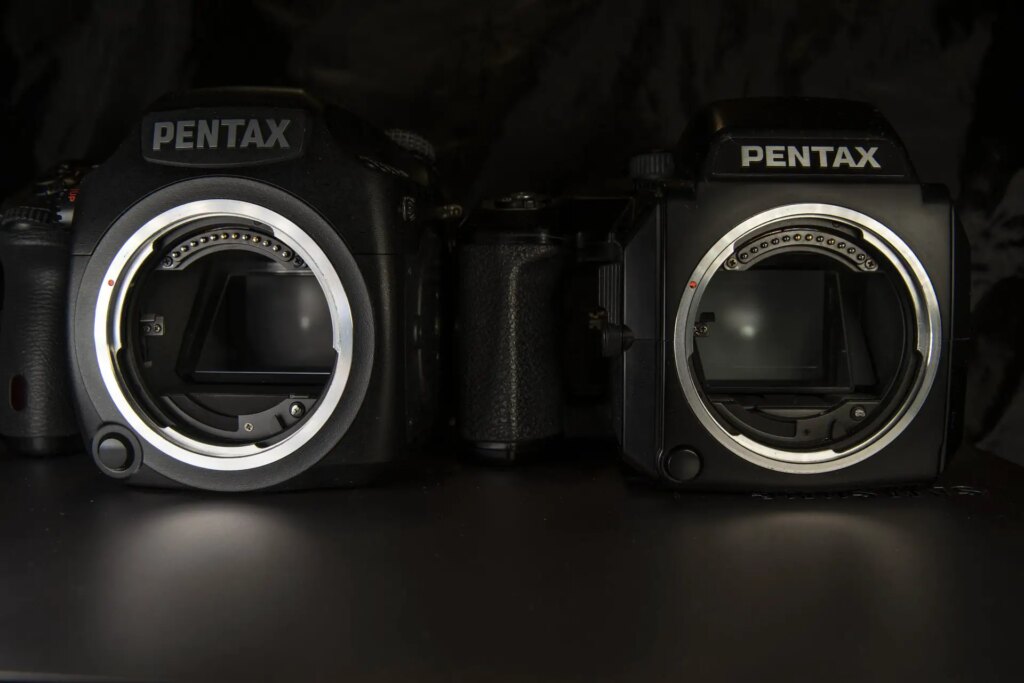
Before I say more about the lenses let me outline the few functional differences for me.
Differences
The control layout is different. The 645N has a dedicated shutter speed dial, exposure compensation dial, and aperture ring set up where some or all can be set to A to accommodate the level of automation you prefer. The 645D has the now common DSLR mode dial and front and back dial setup.
The 645D also offers up a sizable information screen.
There is also price. Where the 645N is still a relative bargain in my book (Last I checked anyway. Prices are all over the place nowadays.) and priced in the hundreds the 645D will set you back considerably more hovering around the $1,700+ mark last I checked.
The most obvious difference is that one uses film and the other has a digital sensor. That being said I have not had two cameras as similar, other than some controls and the image capturing media, since the Minolta Maxxum 7 and 7D. And in that case, we are talking about 35mm film and an APS-C sensor.
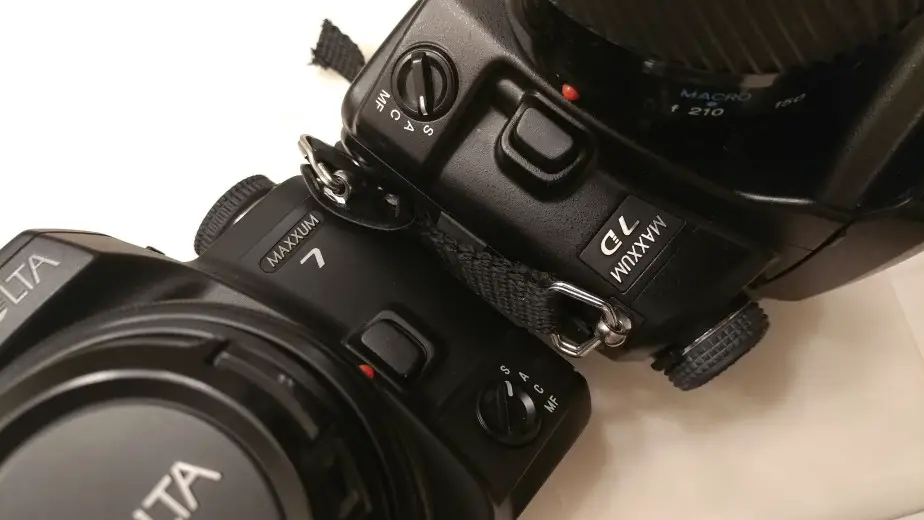
Like the similar sensor size having Fujifilm GFX and Hasselblad X1D bodies the 645D’s sensor is not quite as large compared to 645 film (0.79x crop as opposed to 0.62x crop) resulting in a different-sized image 43.80mm x 32.90mm as opposed to 56.00mm x 41.5mm).
In practice, where you are not shooting back to back though… it was not noticed. Below I will list some great lens values with samples from both cameras. And affordable, quality lenses were the main draws of the 645N and 645D for me. Of the relatively new wave of similarly sensor-sized cameras, the Pentax 645 digital cameras are the only ones that benefit from a legacy film lens lineup with a solid used market selection available. As a result, these newer lenses cost more new and the lenses on the used market are less abundant and also more expensive.
Lenses and Sample Images
No Earth-shattering photos. Just some sample photos that were taken to make sure the lenses worked after I purchased them.
The go-to lens. The lens to have if you are only going to get one lens. The $400+ used SMC Pentax-FA 645 75mm F2.8.
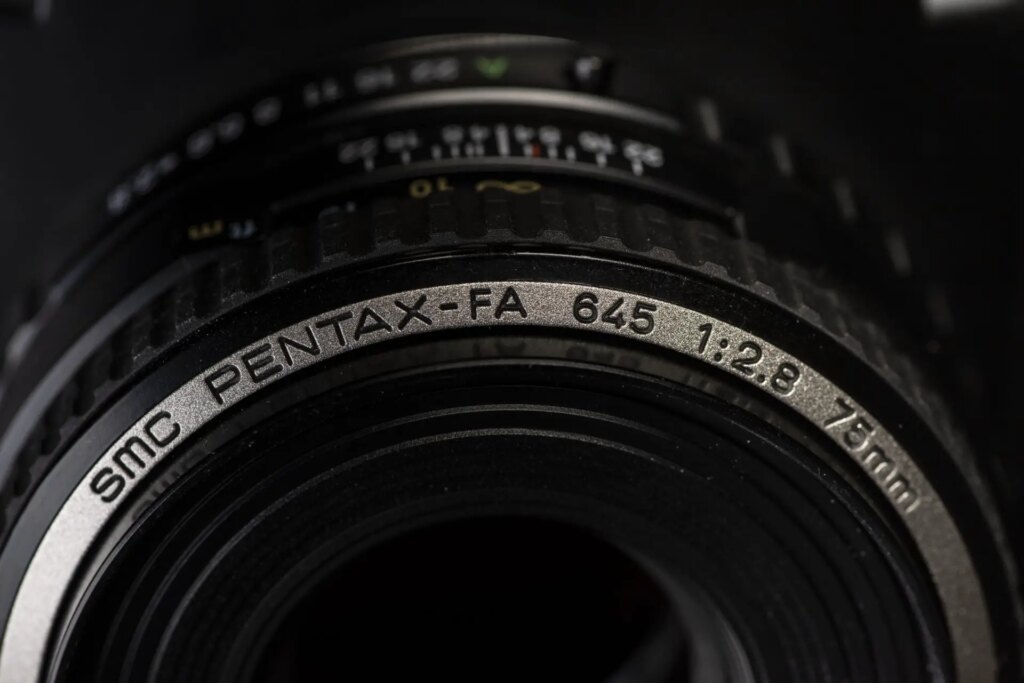
Film/645N

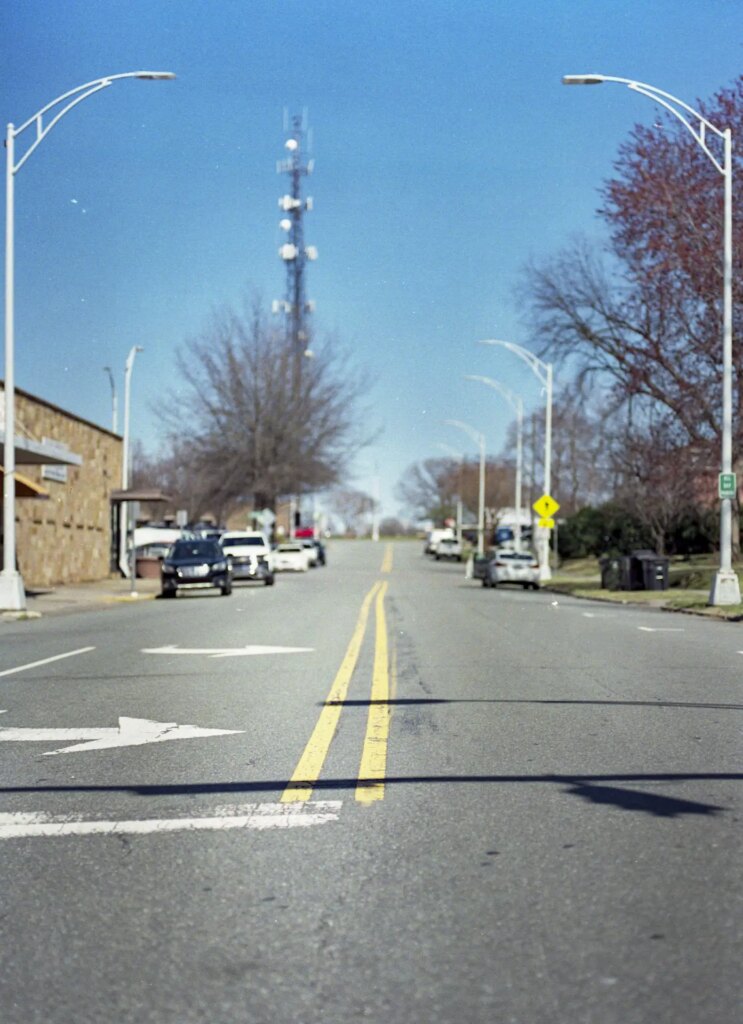
Digital/645D
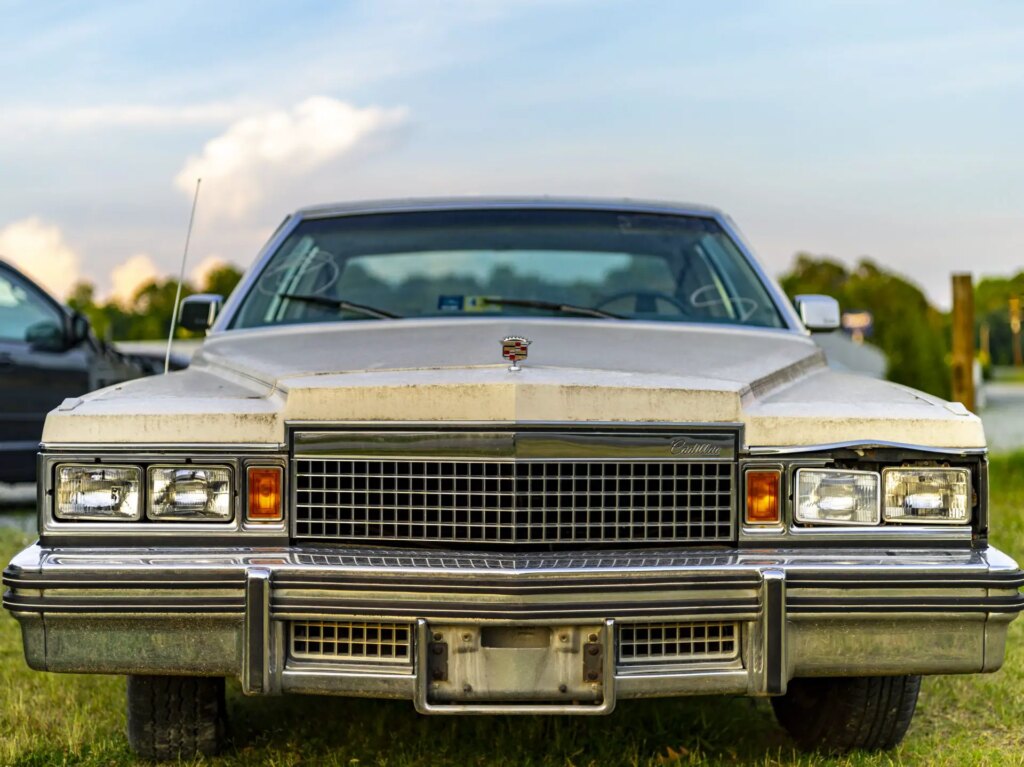

The less than $200 used SMC Pentax-FA 645 80-160mm F4.5.
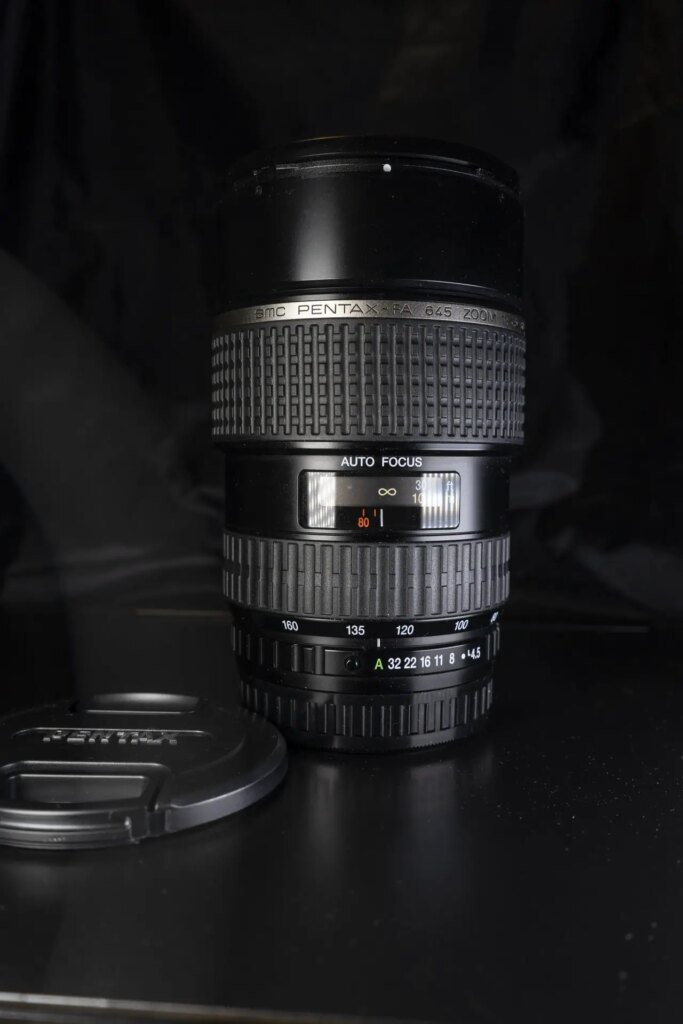
Film/645N


Digital/645D


Another less than $200 used lens, the SMC Pentax-FA 645 45-85mm F4.5.
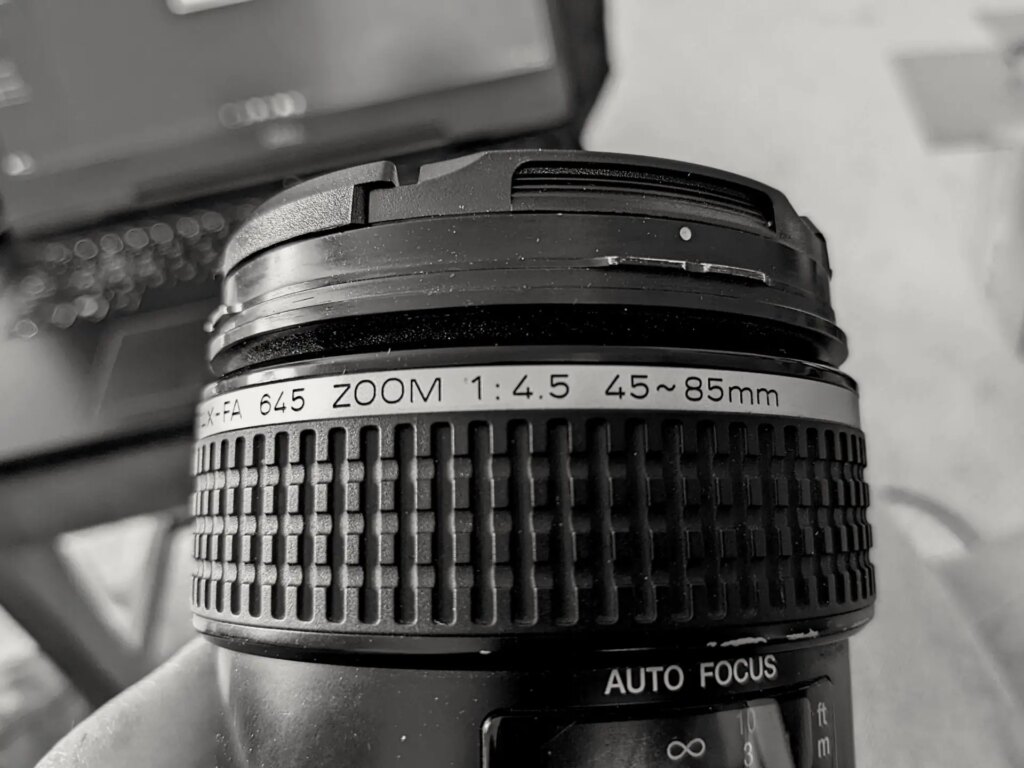
Film/645N
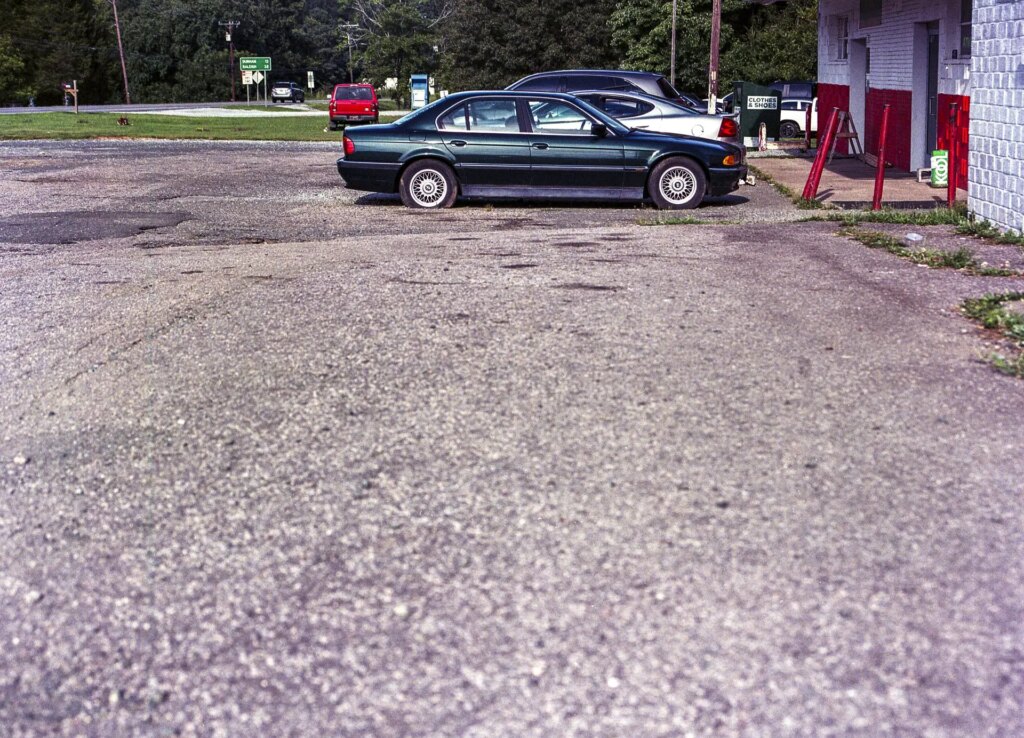
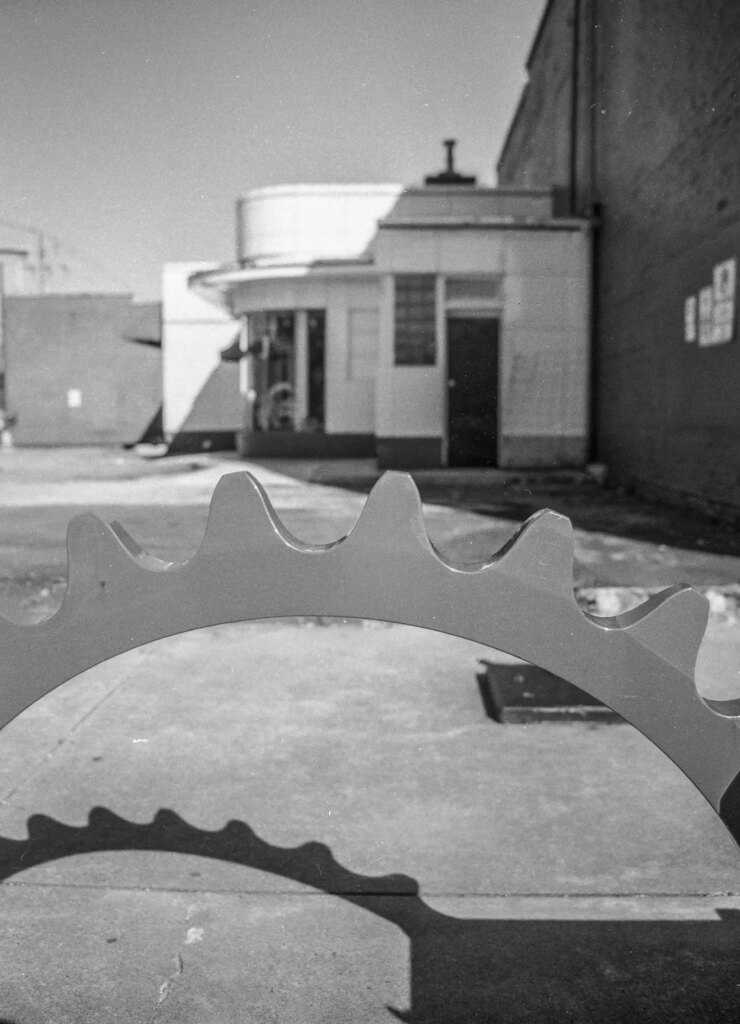
Digital/645D
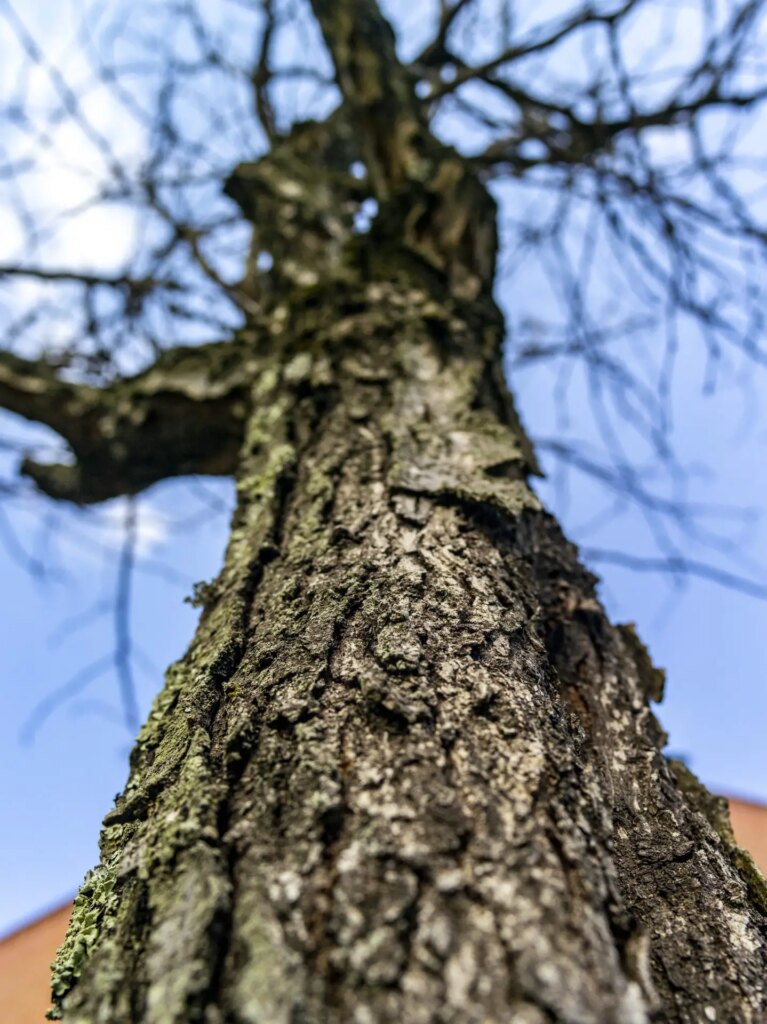
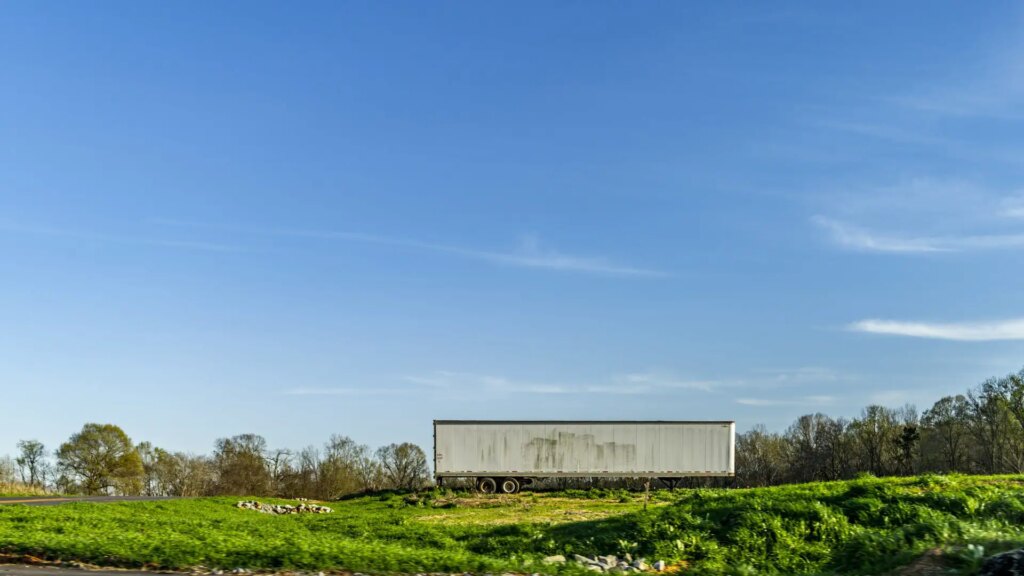
And last but not least there is the utterly not necessary, but so inexpensive I could not pass it up Pentax SMC FA 645 200mm f/4 portrait lens.
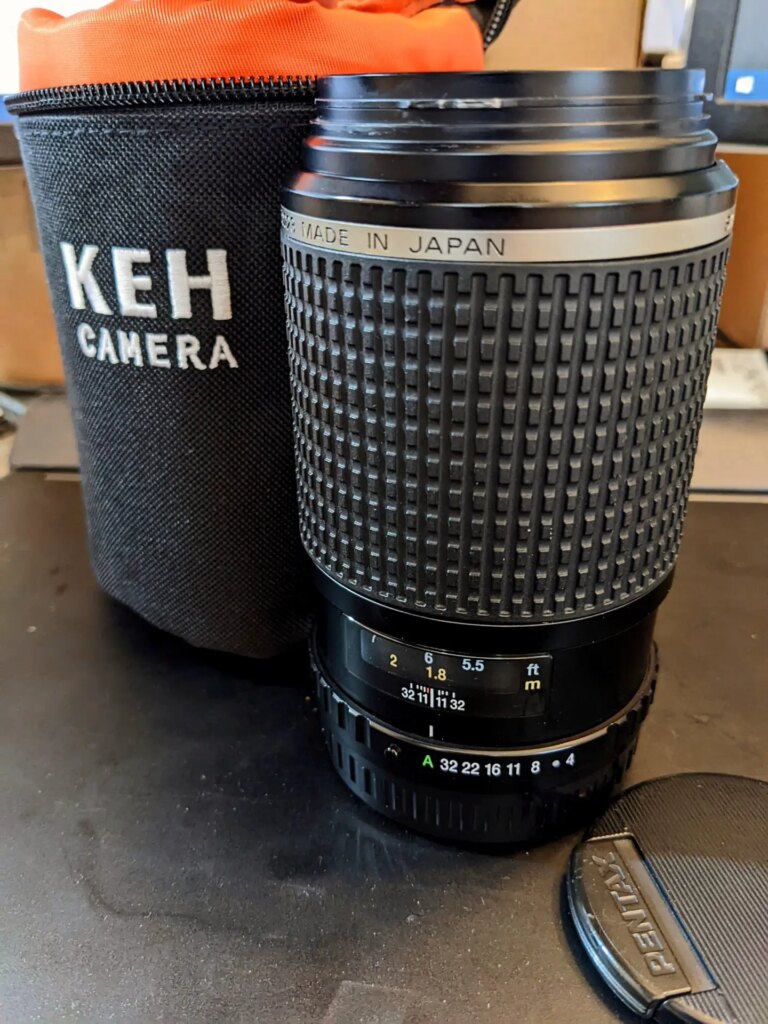
Film/645N
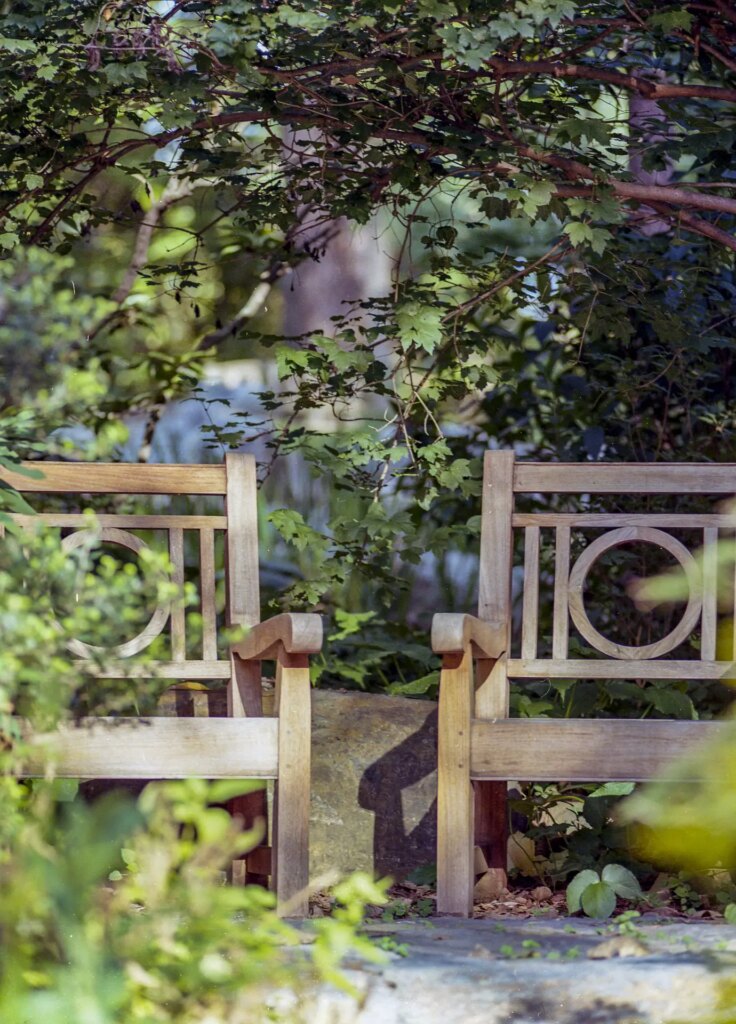

Digital/645D

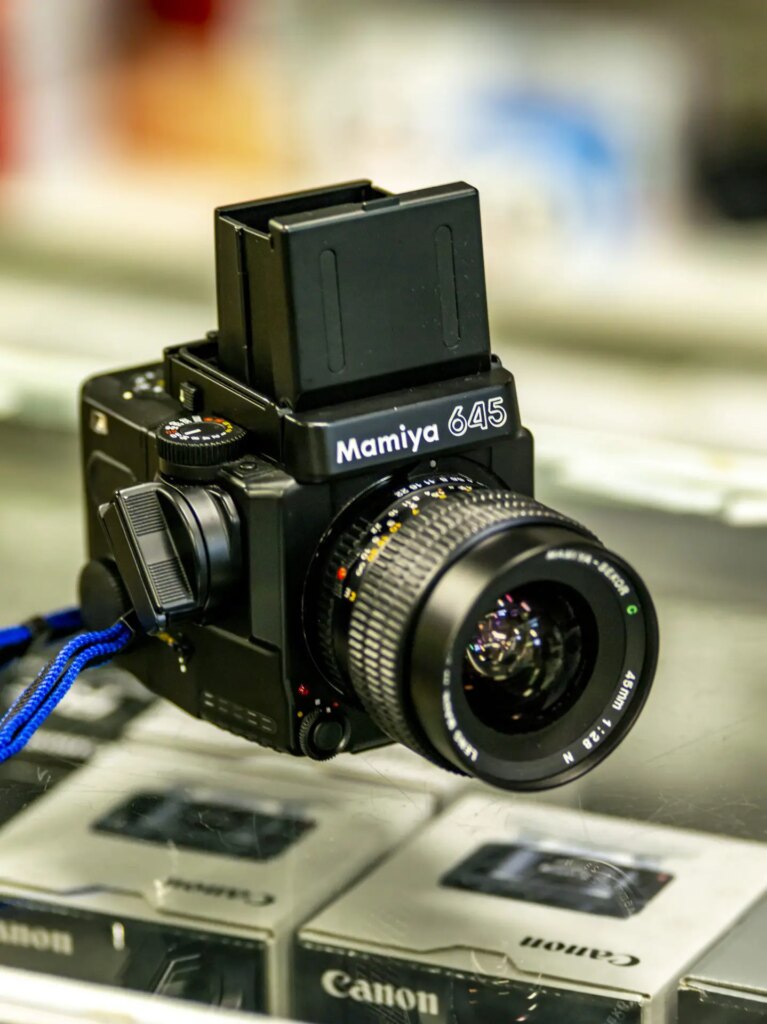
Wrap Up
I consider these cameras as compliments to one another. While they have their similarities there are enough operational and functional differences that I see no need to choose. There are plenty of other fantastic film and digital medium format systems out there. All are great choices. Similar to my not treating this post as a “this is better than that” exercise any of these cameras are perfectly fine choices. I have owned a number of the film options and still have a few. If you are looking for a user-friendly system that is relatively affordable, especially the lenses, while still capable of great results both the 645N and 645D are great options.
I appreciate having this opportunity to share my experiences.
Eric L. Woods
I shoot a variety of new and old digital and film cameras. Industrial Engineer by education, IT is my vocation, and I really enjoy using, testing, and writing about cameras. All three of the latter are very therapeutic exercises for me. If you are so inclined my blog address is ewoodsphoto.com and I can be found on Twitter and Instagram. All the best to you.
Share this post:
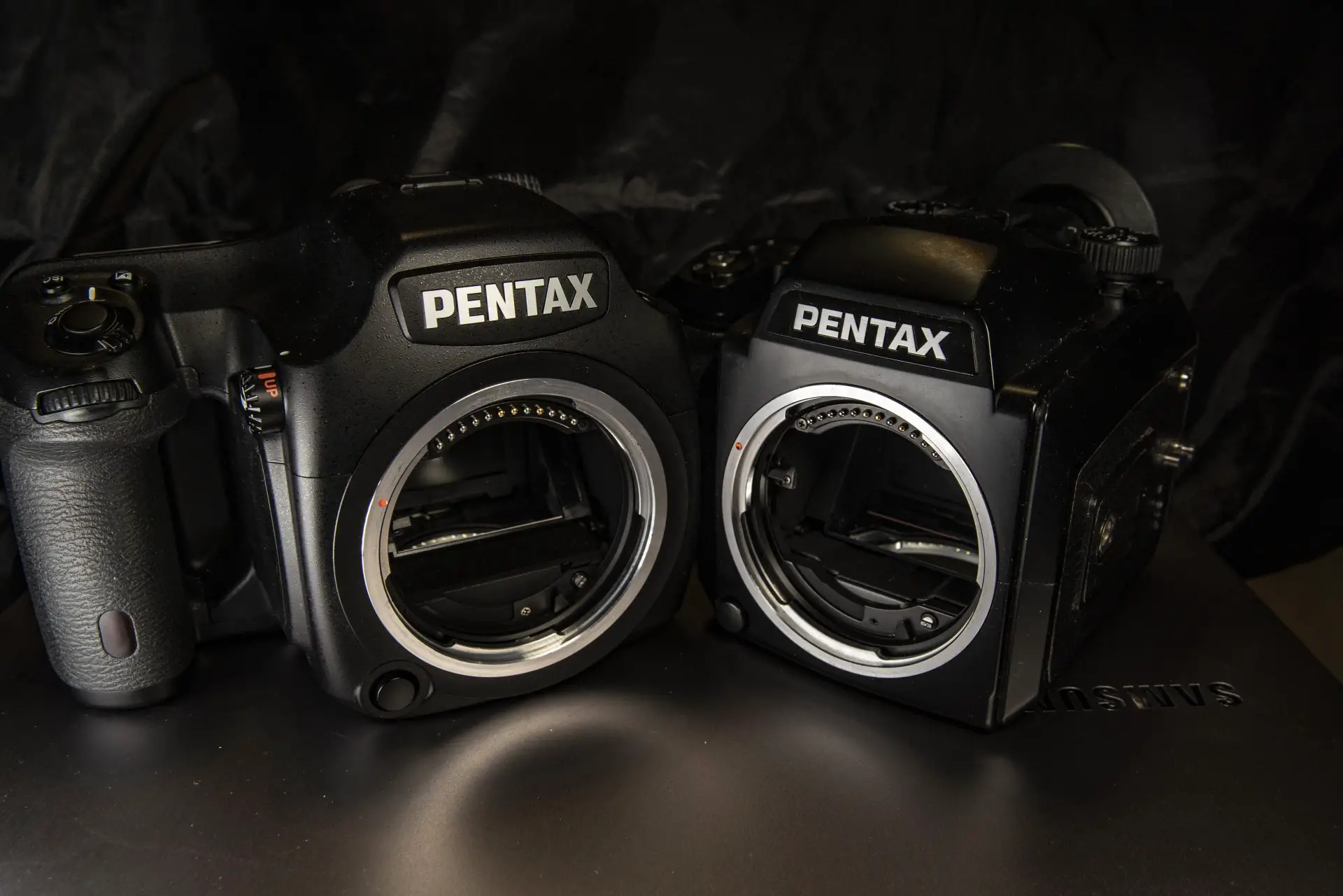








Comments
Bill Patterson on Pentax 645N and Pentax 645D – From Analog to Digital – By Eric L. Woods
Comment posted: 07/11/2022
Comment posted: 07/11/2022
Dave on Pentax 645N and Pentax 645D – From Analog to Digital – By Eric L. Woods
Comment posted: 07/11/2022
Comment posted: 07/11/2022
Wes Hall on Pentax 645N and Pentax 645D – From Analog to Digital – By Eric L. Woods
Comment posted: 08/11/2022
Do you find the digital files easy to work with on the 645d?
Comment posted: 08/11/2022
Zisis on Pentax 645N and Pentax 645D – From Analog to Digital – By Eric L. Woods
Comment posted: 27/11/2022
Comment posted: 27/11/2022
Ken weber on Pentax 645N and Pentax 645D – From Analog to Digital – By Eric L. Woods
Comment posted: 04/01/2023